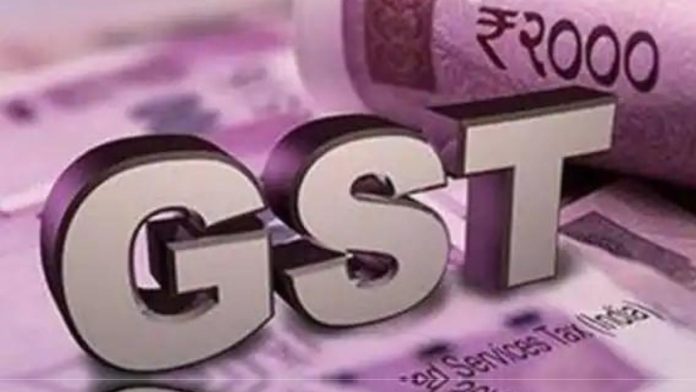India Ratings said that the GST has not helped in achieving the major goal of increasing the tax revenue of the states. The rating agency said that if we look at the data, it is known that in the five years of GST implementation, the states have not made any profit.
Domestic rating agency India Ratings on Monday said the Goods and Services Tax (GST) has not helped in achieving the key target of increasing tax revenues of states. The rating agency said that if we look at the data, it is found that in the five years of GST implementation, the states have not made any profit.
The Center will stop compensating the states for any shortfall in tax collection from June this year .
The GST compensation for five years was part of an agreement between the states and the central government. This agreement was done in 2017 at the time of the new indirect tax regime. Many states had demanded extension of the GST compensation period.
However, Finance Minister Nirmala Sitharaman, while presenting the budget for the financial year 2022-23, said that the compensation period will not extend beyond June 2022.
GST has not met its target: Report
The rating agency said that the figures so far do not give any confidence that the GST has been able to achieve or is moving towards achieving its two main goals, increasing tax revenue and beneficial to the consumer states.
The share of state GST in the states’ own tax revenue during the financial year 2017-18 to the financial year 2020-21 has been 55.4 percent. Whereas, during the financial year 2013-14 to 2016-17, it was 55.2 percent. It states that the share of state GST and non-state GST in the states’ own tax revenue (SOTR) is almost equal.
India Ratings said that this means that there has been no significant benefit in the form of increase in SOTR from the implementation of GST. Not only this, the growth of SGST during FY 2017-18 to FY 2020-21 has been an average of 6.7 percent. Whereas, during the financial year 2013-14 to 2016-17, the increase in those taxes has been 9.8 percent, which has been subsumed in GST.
According to the agency, till the implementation of GST, the producer/exporting states used to collect VAT (sales tax) on intra-state sales plus two percent central sales tax on inter-state sales. The states where Central Sales Tax (CST) contributed more than 4.5 per cent to their SOTR during the financial years 2011-12 to 2016-17 are Assam,
Chhattisgarh, Gujarat, Haryana, Himachal Pradesh, Jharkhand, Meghalaya, Odisha, Sikkim and Tamil Nadu. These states are both producers and consumers.
According to the rating agency, after the implementation of GST, the share of Central Sales Tax in SOTR has come down to 0.95 per cent (Revised Estimates) in the financial year 2020-21, from 4.16 per cent in 2016-17.






